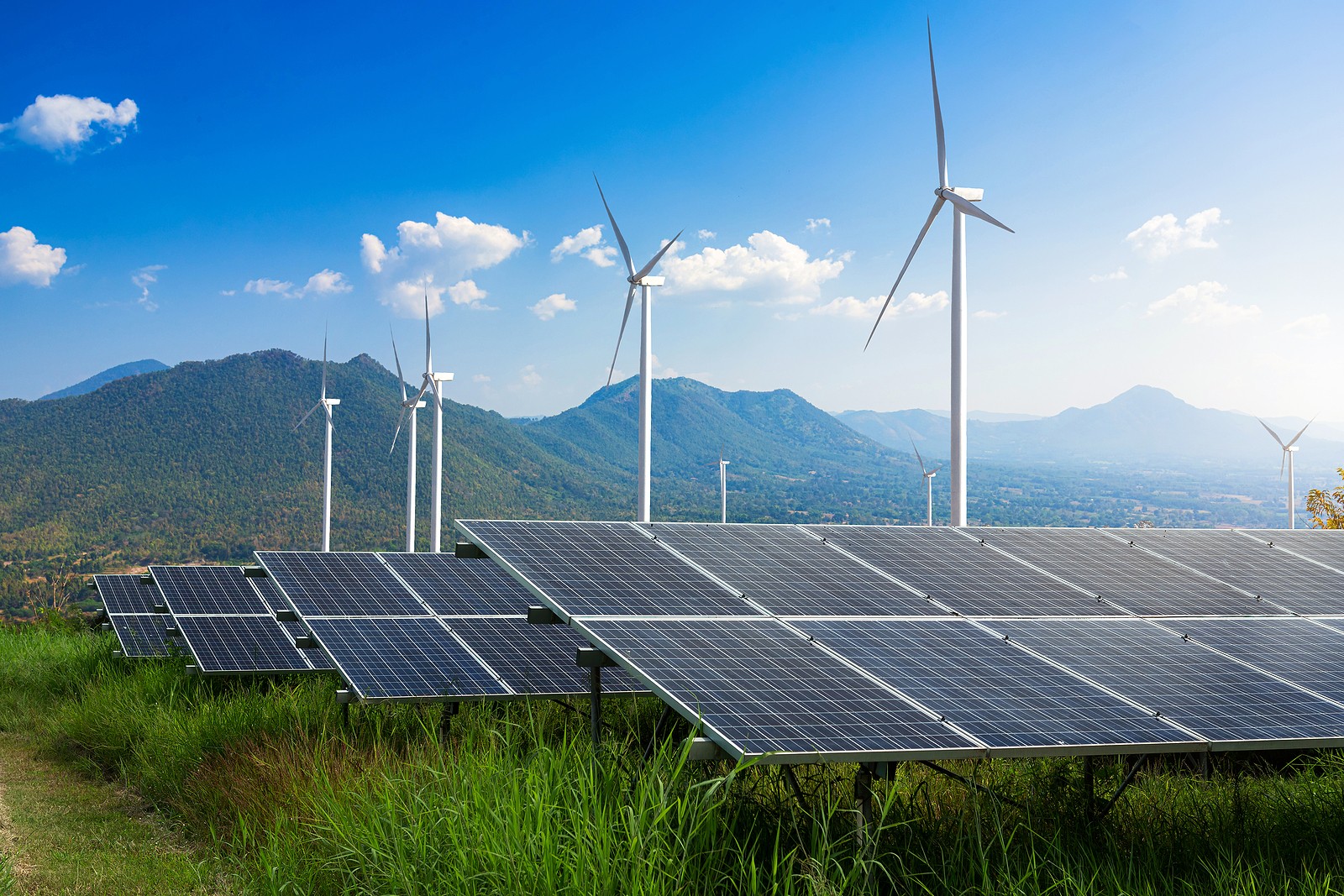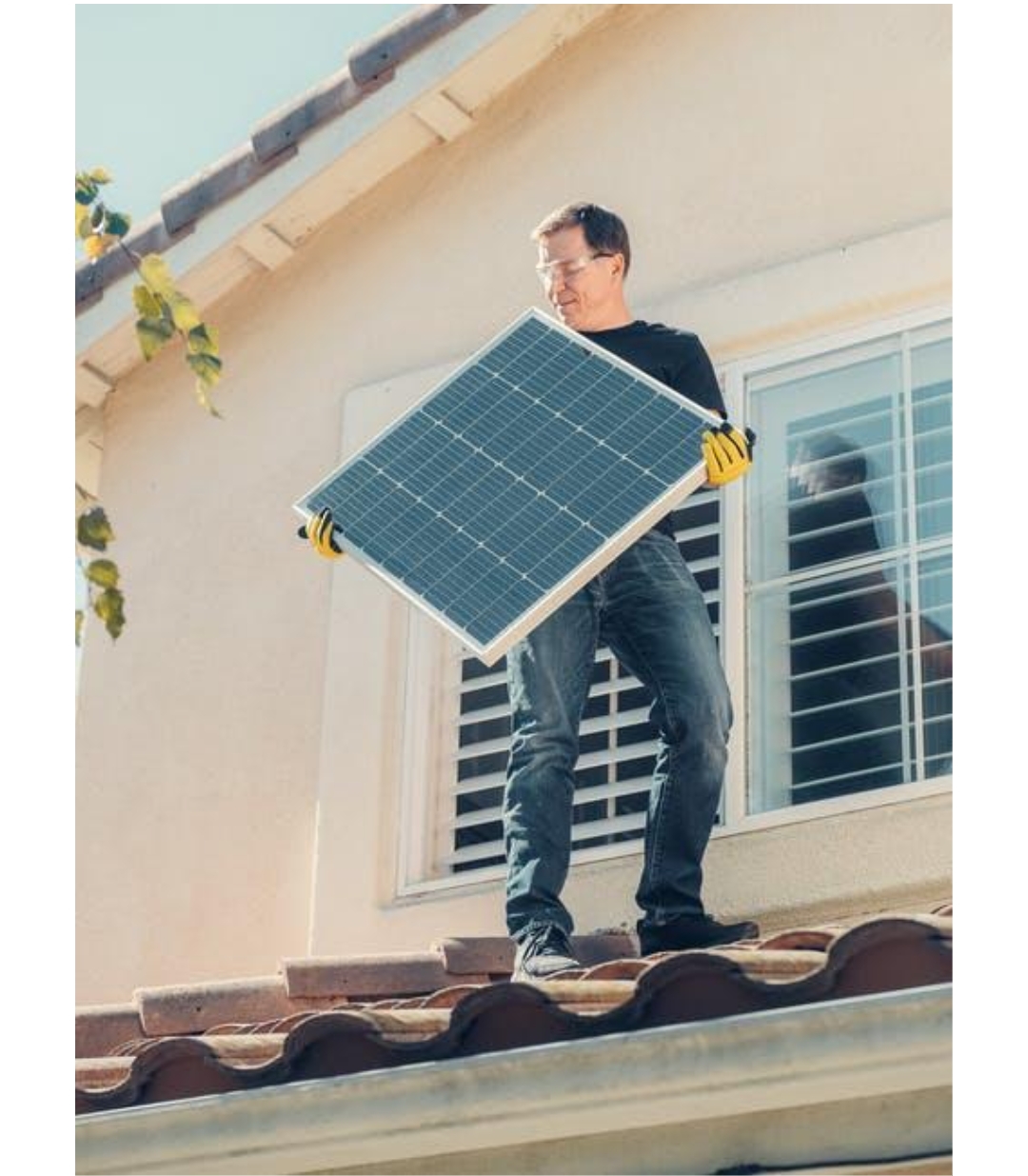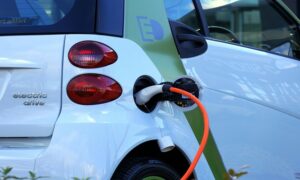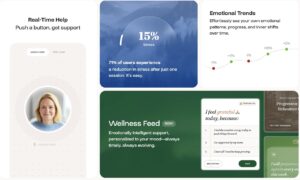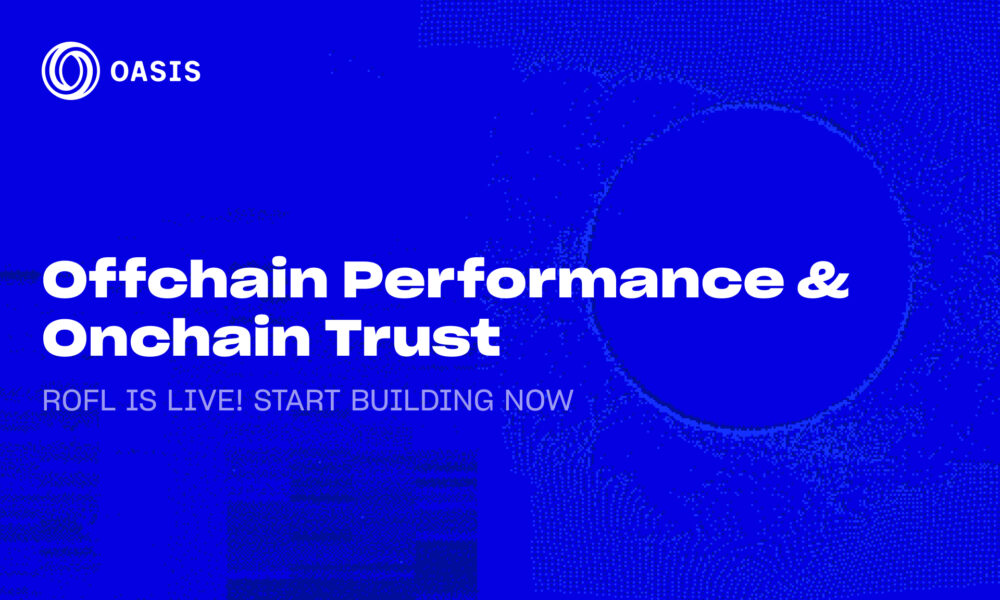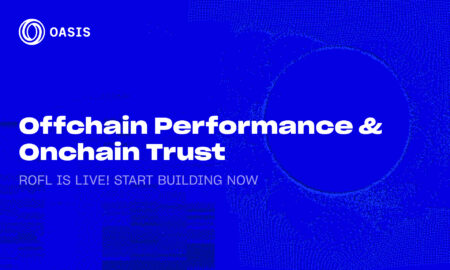As businesses increasingly seek sustainable energy solutions, the debate between solar power and wind power becomes more relevant. Each energy source offers unique advantages and disadvantages that can impact a company’s operational efficiency and sustainability goals.
Understanding these factors is crucial when deciding which renewable energy option best aligns with your business needs. This decision involves evaluating potential cost savings, environmental impact, and the specific energy requirements of your enterprise. See below for more.
Understanding Solar Power and Its Advantages
Solar energy harnesses sunlight through photovoltaic panels, converting it into electricity to power homes and businesses. One of the most significant solar power benefits is its versatility: solar panels can be installed on rooftops, vacant land, or integrated into building designs. This flexibility enables companies to utilize their resources efficiently and take advantage of abundant sunlight.
Solar energy systems require minimal maintenance after installation, mainly requiring occasional cleaning to ensure maximum efficiency. In many regions, companies can benefit from tax credits, grants, or incentives when investing in solar energy. This financial assistance can reduce the upfront costs associated with installing solar technology. Businesses that adopt solar power experience a reduction in long-term energy costs and allow for better budgeting and financial forecasting.
Wind Power: Harnessing Nature’s Energy
Wind power relies on turbines to convert the kinetic energy of wind into electricity. This renewable energy source is becoming increasingly popular as businesses look for clean alternatives to fossil fuels. Similar to solar energy, wind power offers significant advantages, including the ability to reduce operating costs over time. Organizations with access to windy locations can establish wind farms that generate substantial amounts of electricity.
Governments worldwide are implementing favorable policies and subsidies for wind energy investments. Organizations that invest in wind power can take advantage of these incentives, further increasing their return on investment. Wind farms can also produce energy during off-peak hours when demand is lower. Though wind energy is not without challenges, advancements in turbine technology continue to mitigate many of these issues.
Cost Analysis: Solar vs. Wind
A critical aspect for businesses when choosing between solar and wind power is the financial investment required to implement either option. Solar energy installations have experienced a significant decline in cost over the past decade, largely due to technological advancements and economies of scale.
Businesses can expect to recover installation costs within a few years through savings on electricity bills and government incentives. Depending on the region and available sunlight, solar energy can be a cost-effective choice for companies seeking a return on investment. In contrast, wind power often requires a higher upfront investment per megawatt. When properly sited, wind energy can provide significantly cheaper per-unit electricity costs than solar programs over time. The cost of wind turbines has also decreased steadily, making wind power more accessible for many businesses.
Environmental Impact: A Closer Look
Both solar and wind energy have minimal environmental impact compared to traditional fossil fuel sources. Solar power systems produce no greenhouse gas emissions during operation, significantly contributing to global efforts to reduce climate change. Solar arrays can improve land use by providing shade or habitat for local wildlife, beneficial for local ecosystems.
Wind energy also has a relatively low environmental footprint. Wind turbines generate electricity without producing harmful emissions, but they can impact bird and bat populations if not properly situated. By choosing either renewable energy source, companies can substantially decrease their carbon footprint and demonstrate social responsibility.
Scalability and Future Potential
Scalability is a significant factor when considering solar and wind power for a business. Solar power installations can easily be expanded by adding more panels over time, allowing for flexibility as energy needs grow. It’s an attractive option for businesses anticipating expansion or increased energy demands.
Innovations in solar technology, such as energy storage systems, are continuously evolving, enhancing the capabilities of solar solutions. On the other hand, wind energy’s scalability can sometimes be more complex due to land requirements and zoning regulations. Establishing additional turbines requires significant investment in infrastructure, and the potential for expansion will depend on local wind conditions. Nevertheless, the rise of offshore wind farms is broadening the scope for scalability.
Making the Right Choice for Your Business
Choosing between solar and wind energy for your business is a decision that should consider various factors. The specific energy requirements and geographical location will heavily influence which renewable source is more suitable. A thorough analysis of each option’s pros and cons will help align the chosen energy solution with business goals.
Engage with experienced energy consultants to provide valuable insights into the best energy solution for your specific context. Many businesses are finding success by implementing a mix of renewable energy sources and leveraging both solar and wind power to maximize efficiency and minimize environmental impact.
Both solar and wind energy present viable solutions for businesses eager to adopt renewable energy. Each has unique advantages, including cost savings and environmental benefits. If you carefully evaluate your options, you can choose the best energy source to help your business thrive.

